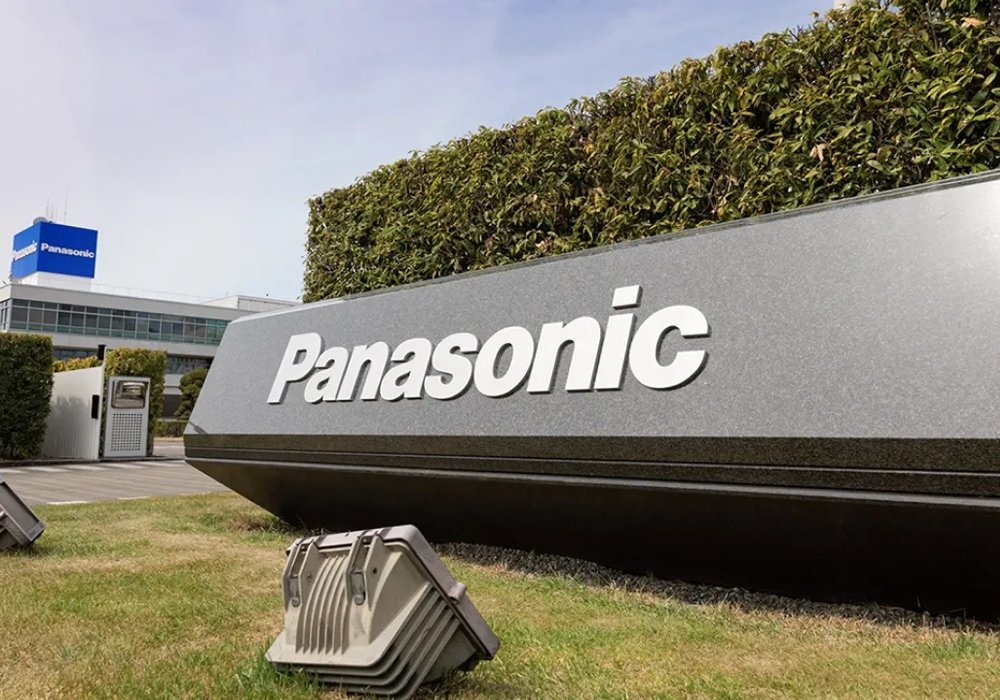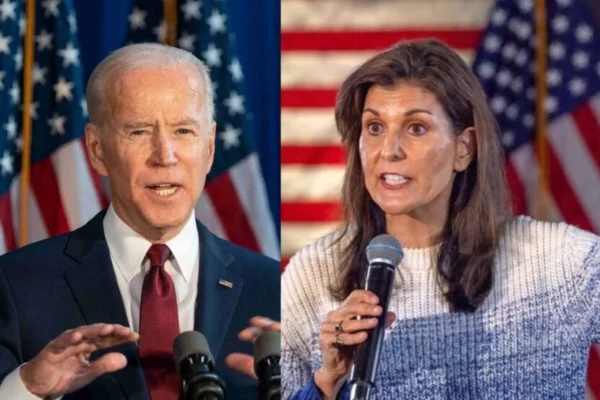Panasonic is ramping up production to reveal improved battery cells that might potentially lower EV costs.
Do you want to learn how to master options? Nic Chahine, an options specialist, will provide you with four bulletproof advice for beginners, the key to generating 411% profits with options, and his time-tested “plan” for success in his free report. Get your free copy of Options 101: The Beginner’s Guide as soon as possible.
Panasonic Holdings Corp. PCRFY has announced intentions to offer an updated version of its electric vehicle (EV) battery cells with enhanced capacity. The new cells are planned to be manufactured between 2024 and 2025 at the company’s Nevada site.
What Happened: According to CTO Shoichiro Watanabe in an interview with Bloomberg, the new 2170 cells, which are an upgraded version of the previous ones, will be made in Nevada. This advancement is consistent with Panasonic’s objective of quadrupling production capacity by the fiscal year 2030.
Watanabe stated that the company’s development ambitions do not rely on the construction of a new facility or large expenditures. The Osaka-based company is working to increase the energy density of the 2170 cell, which may potentially lower the overall cost of EVs.
He went on to state, “We will expand battery capacity and improve productivity at the same time.”
Panasonic’s goals for growth in North America are based on providing 200 gigatonnes of energy in EV batteries. The business is also developing a thicker and larger battery, the 4680 cells.
Without the need for new production lines or investment, the firm is on pace to enhance its manufacturing capacity by 10% by the fiscal year 2025. Decisions on next-generation EV battery manufacturing at the Nevada plant, a joint venture with Tesla Inc. TSLA -3.64% Watanabe stated that the Get Free Report will be created collaboratively.
Panasonic is also developing a new battery facility in Kansas, its second in North America, and plans to announce the site of a third unit by the end of this fiscal year.
Why It’s Important: This statement comes on the heels of Panasonic’s recent decision to pursue its growth ambitions in the United States, with the goal of establishing a third EV battery facility. This initiative is part of the company’s bigger aim to increase yearly production capacity from 50 gigatonne-hours to 200 gigatonne-hours by 2031.
Panasonic had opted to terminate a proposed project in Oklahoma earlier in December. The corporation did, however, state that the shutdown will have no effect on its activities in Nevada or Kansas.






